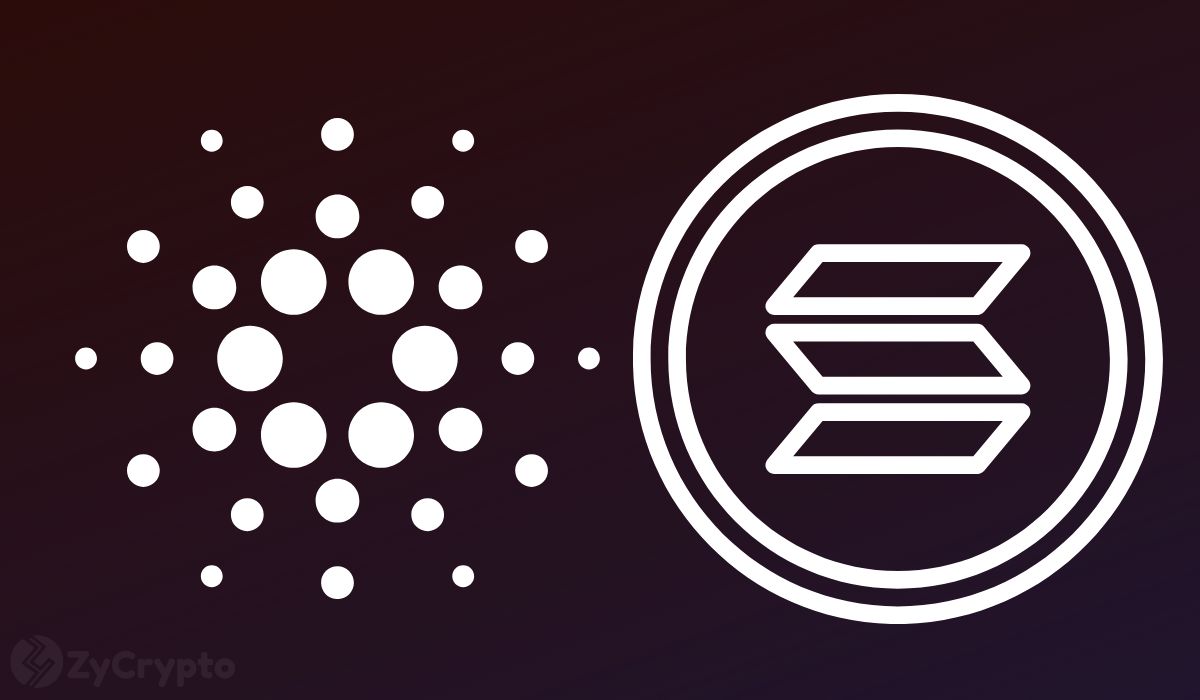The Importance of Cross-Chain Compatibility in DeFi
Discover why cross-chain compatibility is essential for the future of DeFi. Learn how seamless blockchain integration enhances efficiency, liquidity, and innovation in the DeFi ecosystem.

Blockchain technology and DeFi face a major barrier to widespread adoption: the isolated nature of individual blockchain networks. Users on one blockchain, such as Ethereum, can’t easily interact with others like Bitcoin or Cardano. This isolation forces users to spread assets across different chains and requires developers to manage separate ecosystems.
Currently, users navigate between different blockchains by swapping tokens through exchanges (CEXs & DEXs). For instance, if a user with Polygon’s MATIC token wants to participate in DeFi on Ethereum, they need to trade MATIC for ETH on a CEX. This process is not only time-consuming and costly due to gas fees, but it also undermines the ecosystem’s fundamental principle of decentralization. The collapse of FTX and the resulting losses for its customers highlight the risks of relying on centralized entities for crypto transactions.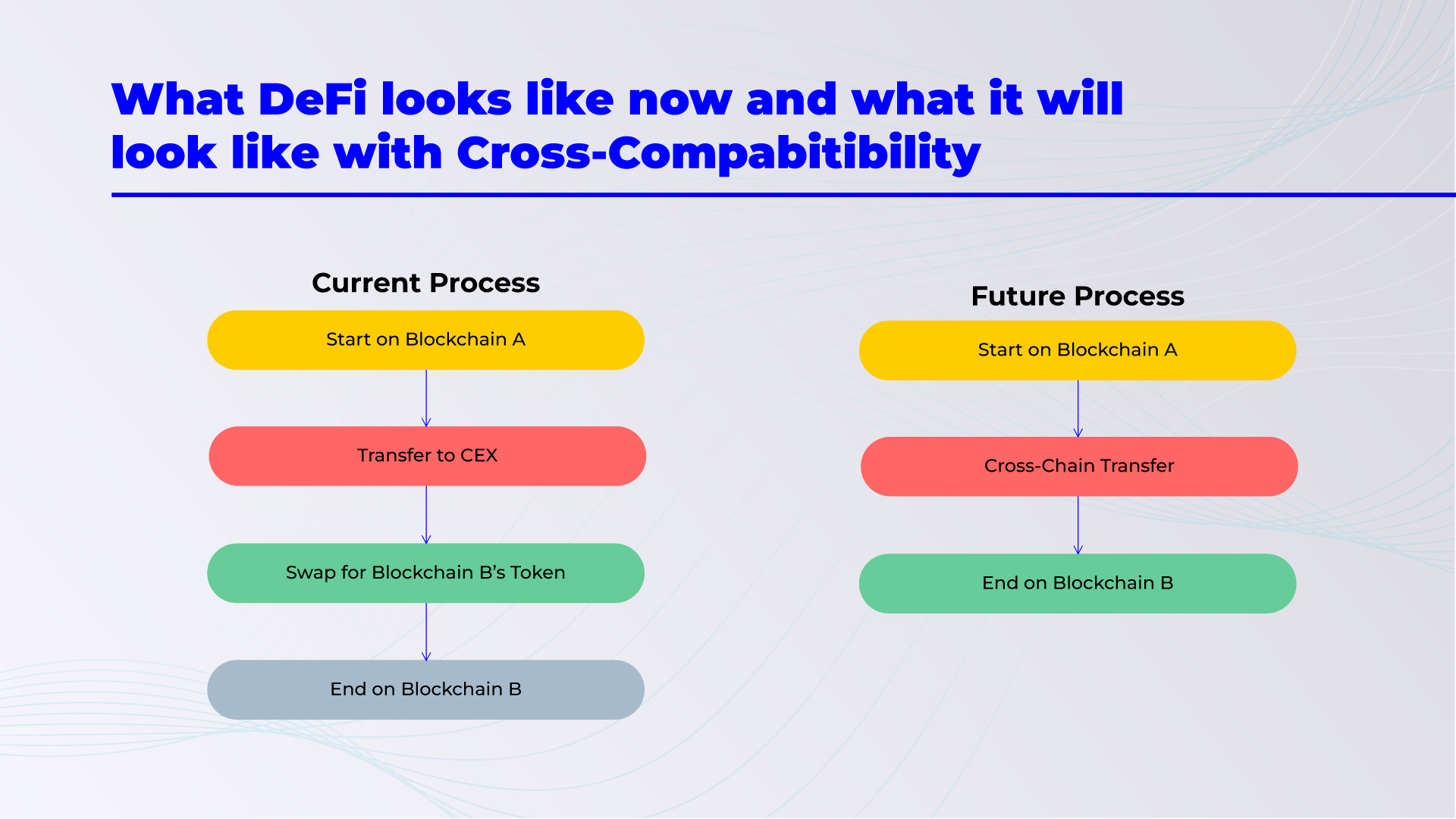
The concept of “cross-chain compatibility” offers a solution to these challenges. Its implementation enables users and developers to interact with DeFi platforms without being restricted to a single network’s rules and assets.
Why Cross-Chain Compatibility in DeFi is Important
Cross-chain compatibility refers to the ability of different blockchain networks to interact with each other seamlessly. This means that assets, data, and smart contracts can move freely between chains, creating a more unified and efficient DeFi ecosystem. Here’s how cross-chain compatibility addresses the current challenges:
-
Addressing Liquidity Fragmentation
One major challenge in DeFi is liquidity fragmentation. Users spread their assets across multiple blockchains like Ethereum, Cardano, and Solana. This scattering of assets means users can’t easily use them together in a single DeFi strategy, limiting their trading, lending, and borrowing efficiency.
Cross-chain compatibility solves this by letting users pool their assets from different blockchains into a single liquidity pool. This boosts overall liquidity in the DeFi space, makes the markets become more stable and less prone to large price swings, and thus attractive.
-
Efficient Resources Allocation
Another issue is the inefficient use of resources. Developers have to create and maintain separate versions of their applications for each blockchain. This not only increases development time and costs but can also lead to inconsistencies across platforms, affecting user experience.
Cross-chain compatibility offers a solution by enabling developers to build applications that work across multiple blockchains without needing to create separate versions for each one. This reduces development costs and time, and ensures a more consistent user experience across platforms. Developers can focus more on innovating and improving their applications rather than managing multiple versions, leading to higher-quality DeFi products.
-
Enhancing User Experience
Users often need to swap tokens through CEXs to move assets between blockchains. This process is cumbersome, incurs high fees, and introduces risks associated with centralization.
Cross-chain compatibility simplifies this by allowing users to move assets between blockchains without relying on CEXs. This streamlines the process, reduces fees, and maintains the decentralized nature of DeFi, and thus, a smoother and more efficient user experience. Simplified asset transfers mean users can react more swiftly to market opportunities and changes, enhancing their ability to manage their portfolios effectively.
-
Mitigating Security Risks
Using CEXs for token swaps exposes users to the risk of hacks, fraud, and mismanagement. Cross-chain compatibility mitigates these risks by eliminating the need for centralized exchanges to facilitate cross-chain transactions. Instead, cross-chain protocols use decentralized mechanisms to transfer assets, reducing the potential for fraud and mismanagement and enhancing the overall security of the DeFi ecosystem. This shift not only protects individual users but also builds greater trust in the DeFi space, encouraging wider adoption.
-
Fostering Innovation
The isolated nature of current blockchain ecosystems stifles innovation. When developers are confined to working within the constraints of a single blockchain, the potential for creative and groundbreaking solutions is limited.
Cross-chain compatibility unlocks new avenues for innovation by allowing developers to leverage the strengths and unique features of multiple blockchains. This interoperability fosters a more collaborative environment where new and more efficient financial products can be developed. For example, a DeFi application could combine Ethereum’s robust smart contract capabilities with Polkadot’s scalability and interoperability, resulting in a superior product that wouldn’t be possible on a single blockchain.
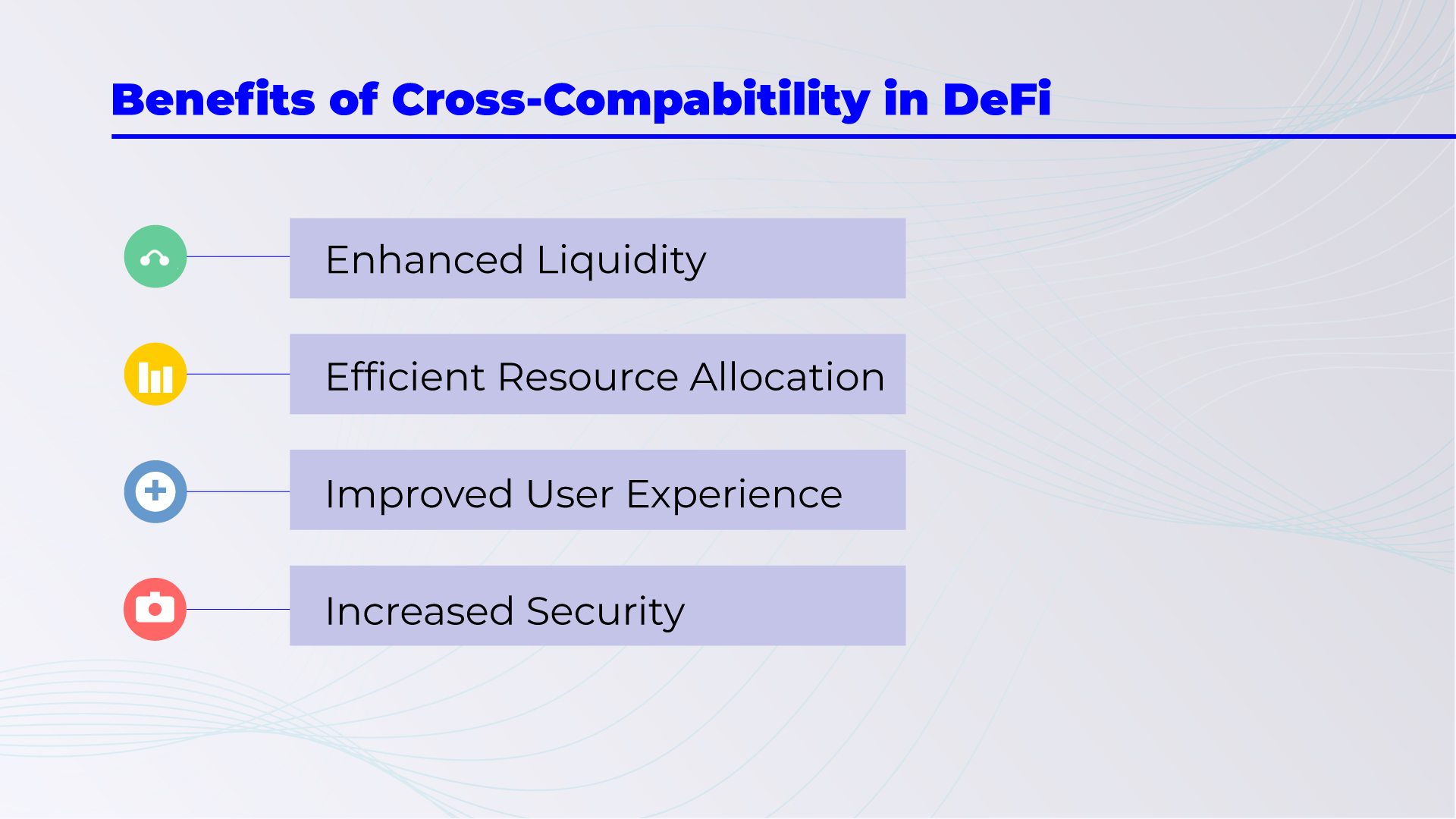
Key Projects and Technologies Bridging Blockchains
Many projects are leading the way in bridging blockchains and enhancing cross-chain compatibility. These innovations are crucial for creating a more interconnected and efficient DeFi ecosystem.
Polkadot
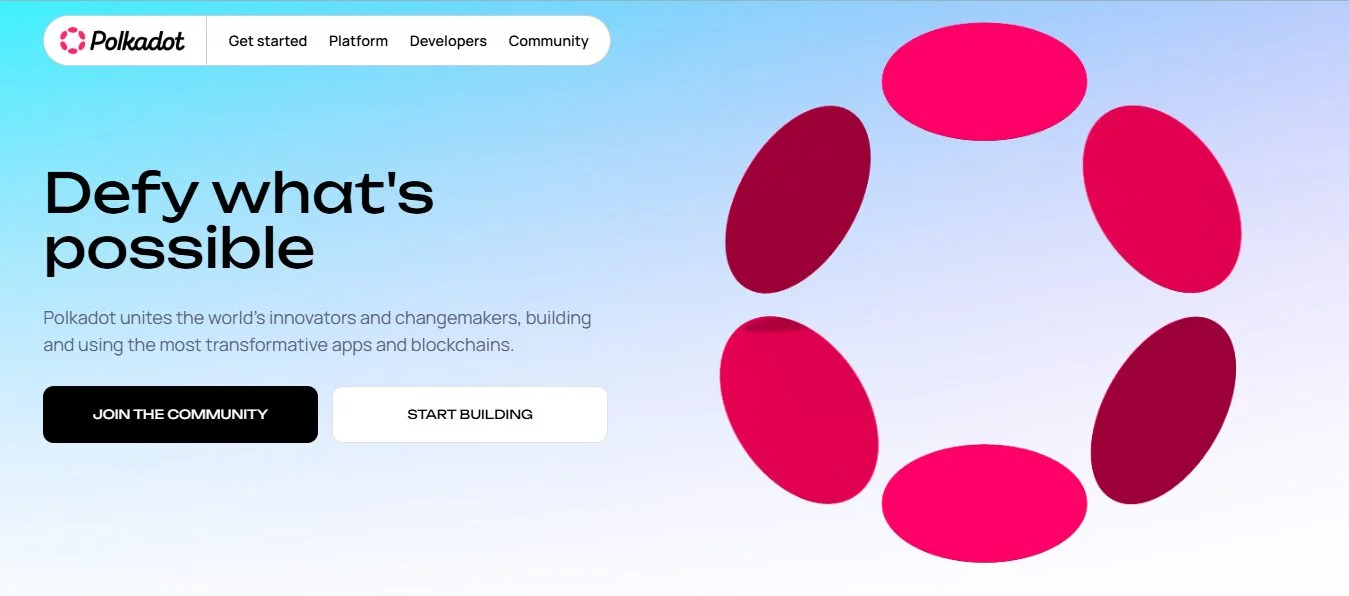
Polkadot aims to solve blockchain fragmentation by enabling seamless communication between different blockchains. Its central component, the relay chain, connects various blockchains called parachains, allowing them to share security and interact with each other. This multi-chain framework enhances liquidity, reduces fragmentation, and fosters innovation by enabling developers to integrate multiple blockchain features into a unified network.
Read our review of the project here: Polkadot: What You Need To Know
Cosmos

Cosmos, known as the “Internet of Blockchains,” facilitates communication between different blockchains through its Inter-Blockchain Communication (IBC) protocol. The Cosmos Hub links various independent blockchains, or zones, allowing them to exchange data and assets effortlessly. This architecture provides flexibility and scalability, breaking down barriers between isolated networks and creating a more integrated and efficient DeFi ecosystem.
Read our review of the project here: An Overview of the Cosmos Ecosystem – DeFi Planet
Avalanche
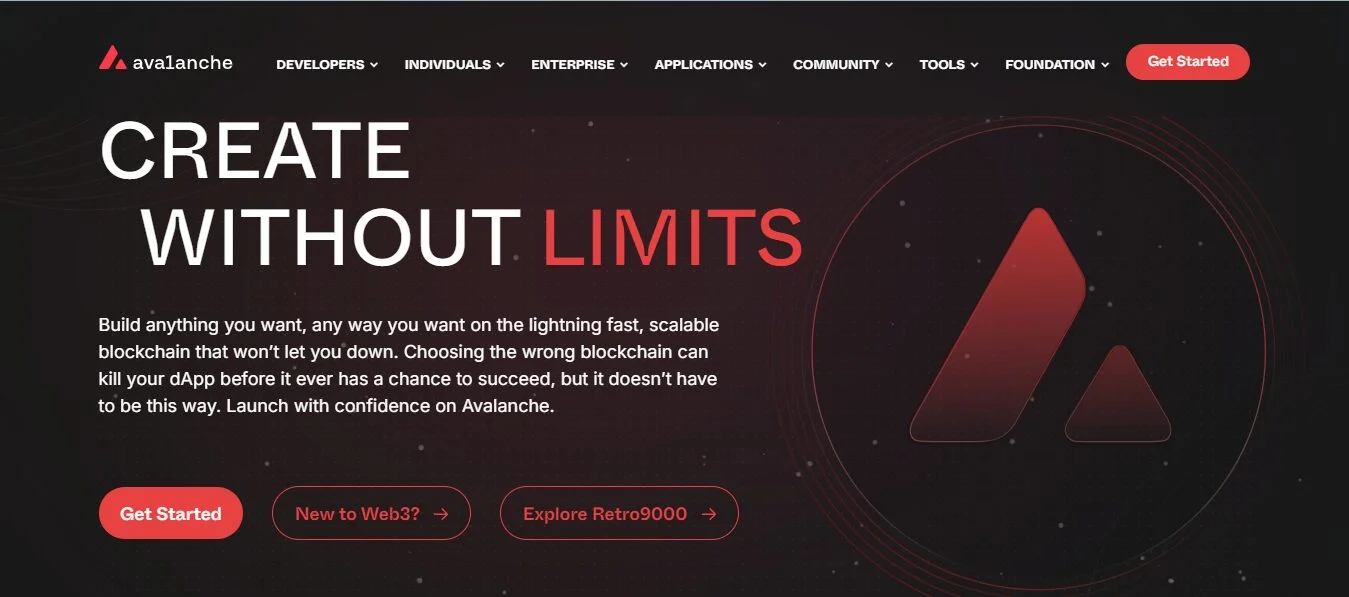
Avalanche offers a scalable and interoperable platform that supports custom blockchains, or subnets, which can interact with each other and external blockchains. Its unique consensus protocol and the Avalanche-X framework ensure fast and secure transactions. This enhances user experience by improving asset management and liquidity across multiple DeFi platforms, making Avalanche a key player in building a more interconnected blockchain ecosystem.
Read our review of the project here: An Overview of Avalanche
Cross-chain compatibility in DeFi offers promising potential but also comes with significant challenges. Addressing them is crucial for achieving seamless, secure interactions between blockchain networks.
Security Risks
Cross-chain compatibility introduces new security challenges. When different blockchains are connected, they might create vulnerabilities where their security systems overlap. For example, a weakness in one blockchain could potentially affect others it’s linked to. Ensuring security across these interconnected systems requires advanced solutions to prevent attacks and protect the entire network.
Technical Complexities
Building cross-chain solutions is technically complex. It involves developing systems that can work with various blockchains, each having its own rules and data formats. This complexity can lead to technical problems, delays, and higher development costs as developers try to make these systems work together smoothly.
Scalability Issues
As more blockchains are connected, maintaining efficient and scalable cross-chain communication becomes harder. With increasing transactions and interconnected networks, managing performance without delays or bottlenecks can be challenging. This can affect the speed and efficiency of DeFi applications.

Lack of Standardization
There is no universal standard for cross-chain compatibility, and this would lead to fragmentation and inefficiencies. Different projects may use different methods for cross-chain communication, causing inconsistencies and problems with interoperability. To solve this, it’s essential to create and adopt common standards for seamless integration between blockchains.
Regulatory and Compliance Challenges
Cross-chain compatibility also faces regulatory hurdles. Ensuring that cross-chain transactions adhere to financial regulations in various regions can be complicated. This can lead to legal uncertainties and difficulties for DeFi projects trying to operate across different regulatory environments.
Future of Cross-Chain Compatibility in DeFi
As the DeFi space continues to evolve, cross-chain compatibility will be key to unlocking its full potential as it will play a key role in expanding the ecosystem. We can expect to see more hybrid DeFi platforms that combine the strengths of various blockchains. This will lead to greater liquidity and better market efficiency and attract more participants to the DeFi space.
Also, interoperability protocols and blockchain bridging technologies will keep evolving. So, we can anticipate more seamless interactions between DeFi platforms. More importantly, we’re likely to see the development of industry-wide standards that will simplify communication between different blockchains. These universal standards are essential for cross-chain compatibility in DeFi to thrive.
Finally, the user experience in DeFi will improve significantly. We’ll see more user-friendly interfaces, smoother asset transfers, and lower transaction fees. These improvements will make DeFi more accessible and simpler to use, offering a more intuitive experience for everyone.
In conclusion, the projects and technologies leading this charge for cross-chain compatibility in DeFi are not just solving today’s problems but are laying the groundwork for a more inclusive and efficient financial future.
Disclaimer: This article is intended solely for informational purposes and should not be considered trading or investment advice. Nothing herein should be construed as financial, legal, or tax advice. Trading or investing in cryptocurrencies carries a considerable risk of financial loss. Always conduct due diligence.
If you would like to read more articles (news reports, market analyses) like this, visit DeFi Planet and follow us on Twitter, LinkedIn, Facebook, Instagram, and CoinMarketCap Community.
“Take control of your crypto portfolio with MARKETS PRO, DeFi Planet’s suite of analytics tools.”
Don't miss out!
Subscribe To Our Newsletter
Give it a try. You can unsubscribe at any time.
Delegate Your Voting Power to FEED DRep in Cardano Governance.
DRep ID: drep12ukt4ctzmtf6l5rj76cddgf3dvuy0lfz7uky08jfvgr9ugaapz4 | We are driven to register as a DRep by our deep dedication to the Cardano ecosystem and our aspiration to take an active role in its development, ensuring that its progress stays true to the principles of decentralization, security, and community empowerment.DELEGATE VOTING POWER!







